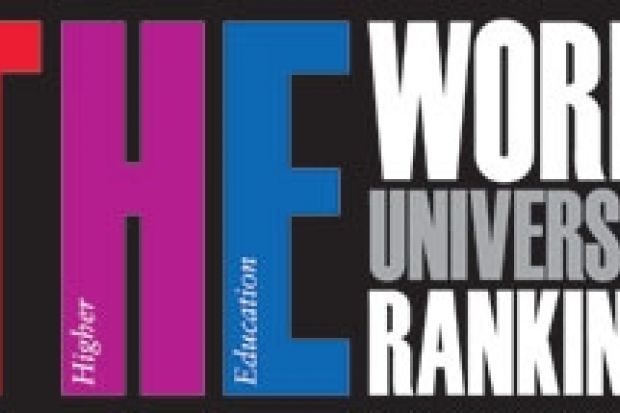One of the most important features of the Times Higher Education THE World University Rankings is that all our research citations data are normalised to take account of the dramatic variations in citation habits between different academic fields.
Treating citations data in an “absolute manner”, as some university rankings do, was condemned earlier this year as a “mortal sin” by one of the world’s leading experts in bibliometrics, Anthony van Raan of the Centre for Science and Technology Studies at Leiden University.
In its rankings, Times Higher Education gives most weight to the “research influence” indicator – for our 2010-11 exercise, this drew on 25 million citations from 5 million articles published over five years. The importance of normalising these data has been highlighted by our rankings data supplier, Thomson Reuters: in the field of molecular biology and genetics, there were more than 1.6 million citations for the 145,939 papers published between 2005 and 2009; in mathematics, however, there were just 211,268 citations for a similar number of papers (140,219) published in the same period.
To ignore this would be to give a large and unfair advantage to institutions that happen to have more provision in molecular biology, say, than in maths. It is for this crucial reason that Times Higher Education’s THE World University Rankings examine a university’s citations in each field against the global average for that subject.
But what about the other performance indicators used to compare institutions? Our rankings examine the amount of research income a university attracts and the number of PhDs it awards. For 2011-12, they will also look at the number of papers a university has published that are co-authored by an international colleague.
Don’t subject factors come into play here, too? Shouldn’t these also be normalised? We think so.
So I am pleased to confirm that for the 2011-12 World University Rankings, Times Higher Education will introduce subject normalisation to a range of other ranking indicators.
This is proving very challenging. It makes huge additional demands on the data analysts at Thomson Reuters and, of course, on the institutions themselves, which have had to provide more and richer data for the rankings project.
But we are committed to constantly improving and refining our methodology, and these latest steps to normalise more indicators evidence our desire to provide the most comprehensive and rigorous tables we can.
